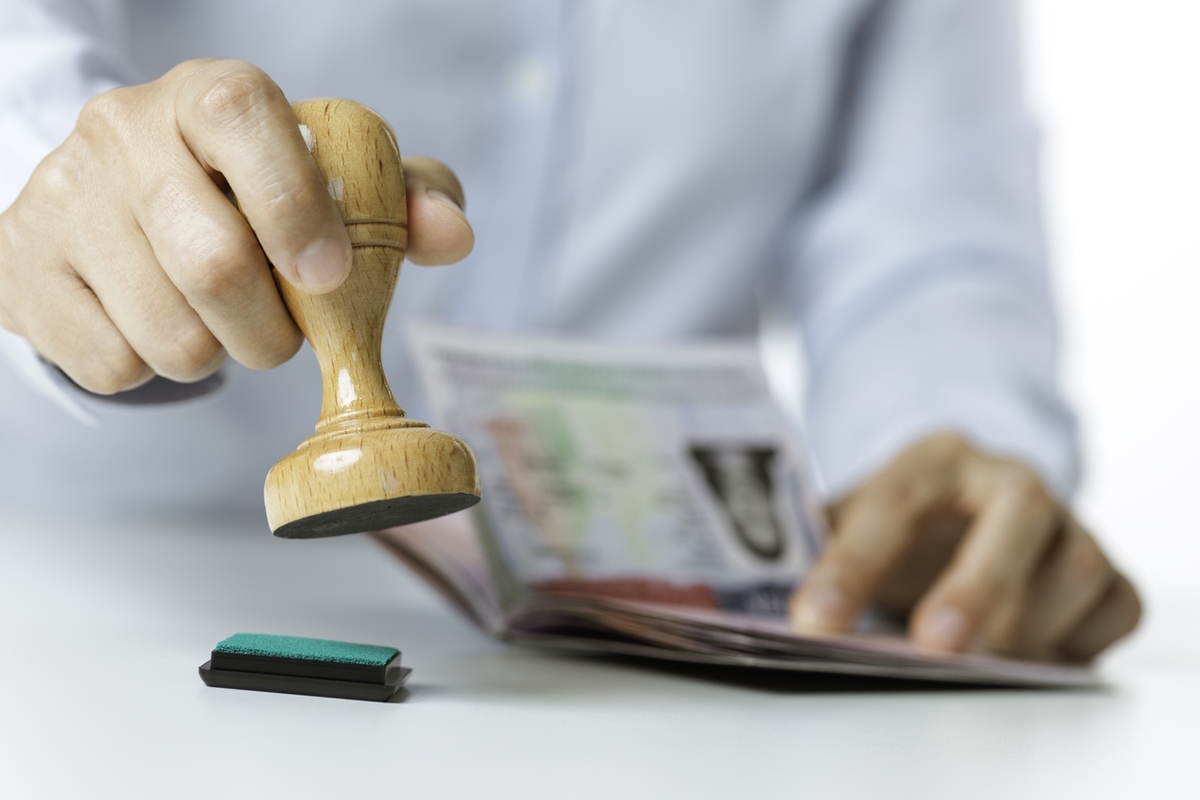The history of digital identity

Justin Walker at Thales outlines the key milestones in identity verification up to present day
Identity verification has been around for thousands of years, and has evolved with society and technological innovations. The introduction of digital identities, for example, is quickly changing verification processes as we know it thanks to the rollout of digital wallets and IDs.
Reinforced by the exponential rise of international travel over the years and the increasing need to prove our identity to strangers, political figures Sir Tony Blair and Lord William Hague recently urged every citizen should be issued with a digital ID as part of a ‘fundamental reshaping of the state around technology.’
But looking back, our understanding of identity and how we prove it, has developed drastically over hundreds, and even thousands of years.
Physical displays of identity – from jewellery to tattoos
The first forms of identity included physical displays of jewellery and tattoos serving as ways to display social status, familial ties, personal identity, and associations with certain groups. Tattoos were used as a method of identification by native New Zealanders and members of the Navy, for example, to identify themselves in case they got lost.
Similarly, ancient Samoan tribes used tattoos to indicate their status within the tribe. Jewellery also played a significant role as an early form of identification, with native Americans using various pieces to serve as markers of social status, religious beliefs, and cultural heritage.
The very first non-digital fingerprints
There are many early uses of fingerprints as a form of identification - ancient Babylonians used fingerprints to seal business transactions on clay tablets and there are rumours that in ancient Rome officials even solved a murder case by matching a culprit to a bloody fingerprint.
China’s T’ang Dynasty used fingerprints as a source of identification while in Japan a thumbprint was viewed as a legal signature around the same time. The first official and modern use of fingerprints came in 1859 by a British Colonial magistrate using it to identify people by their prints.
Paperwork serving as the first passports
The first ever forms of identification through paperwork served as passports in 450BC. In ancient Persia, early passports were essentially letters that individuals who were travelling outside their city needed to have to hand during their travels.
This is famously mentioned in the Hebrew Bible, where an official serving the King of Persia was granted a travel request document. The passports stated the traveller’s name, description, and a summary of their reason for travel. The use of passports spread through, with the Roman Empire and Medieval Europe adopting similar systems as these early forms of paperwork served as a method to ensure a safe travel.
The first official passports
The roll out of consistent forms of passports took place during the era of King Henry V of England. They were first passports in the modern sense, that were a means of helping subject prove who they were in foreign land.
The British passport first made its appearance in the form of a ‘safe conduct’ and were originally signed off personally by the King, but in 1540 became the role of the Privy council and then the Secretary of State. In 1921, came the first form of the modern passport that we know today – it came in the format of a book consistent of 32 pages.
The invention of photography
The invention of photography created a new way for people to be documented visually, using their faces as a means of cross-referencing. The first use of photo ID was recorded in Philadelphia in 1876 at the Centennial Exhibition. It became a requirement for exhibitors and employees of the exhibition to prove their employment status. In 1915, came the first modern style British passport with photo ID becoming mandatory.
The introduction of personal identification numbers
The introduction of personal identification numbers (PIN) changed the way we prove and secure our personal identifies. PINs are typically a numeric code set up by users to access their data and date back to the first use of ATMs in the 1960s. They became a way to secure transactions and has become a vital part of security systems, alongside a physical credit card, leading to the coined term ‘chip and pin’.
In 1967, the First ATM was introduced in the UK and required a four-digit pin to withdraw cash. Since then, they have become an integral part of protecting personal information and preventing identity theft.
The creation of usernames and passwords
Digital identity through usernames and passwords was originally introduced by computer scientist Fernando Corbat whilst working at the Massachusetts Institute of Technology (MIT) in the 1960s to help keep individual files private secure, as all researchers had common access to the same mainframe.
This concept was popularised by Microsoft as a means of accessing individual accounts on a shared computer. It then developed into the Microsoft Network (MSN) to access various services such as email and chat rooms via one login.
The social media revolution
Digital forms of ID gained popularity through social media logins. Facebook and Google were the originators of this idea, allowing users to authenticate their identities on other websites by logging into their various social media accounts. These logins enabled users to manage their digital identities efficiently; it is used to this day with many users opting for convenience as a useful alternative to traditional logins.
Looking ahead to biometrics
Biometrics have completely changed the way we authenticate our personal identities. Fingerprints were first used by police departments in Europe and US in the 1900s and soon became a standard of identification by the 1930s. Digital fingerprints and face ID verification technologies were adopted by smartphone innovators, allowing users to use their physical characteristics to secure and access their devices. Apple famously introduced ‘Touch ID’ to authenticate users with fingerprints in 2013, which has since been superseded by ‘Face ID’ in 2017.
Biometrics have become an important step in the history of digital identity and are used in a wide range of applications nowadays, such as banking, healthcare, and government services.
Proving our identity has been a constant requirement in consumers’ everyday lives, and looking back at these key milestones proves just how much it has evolved over thousands of years. As technology continues to make an increasing impact in our daily lives, and with new innovations in digital identity happening at rapid pace, it has impacted the way we prove our identity considerably, and will no doubt continue to do so.
Digital identity is here to stay, with users valuing a frictionless and secure process of identification as a replacement to legacy identity verification methods.
Justin Walker is VP Digital Transformation at Thales
Main image courtesy of iStockPhoto.com

Business Reporter Team
Most Viewed
Winston House, 3rd Floor, Units 306-309, 2-4 Dollis Park, London, N3 1HF
23-29 Hendon Lane, London, N3 1RT
020 8349 4363
© 2025, Lyonsdown Limited. Business Reporter® is a registered trademark of Lyonsdown Ltd. VAT registration number: 830519543





